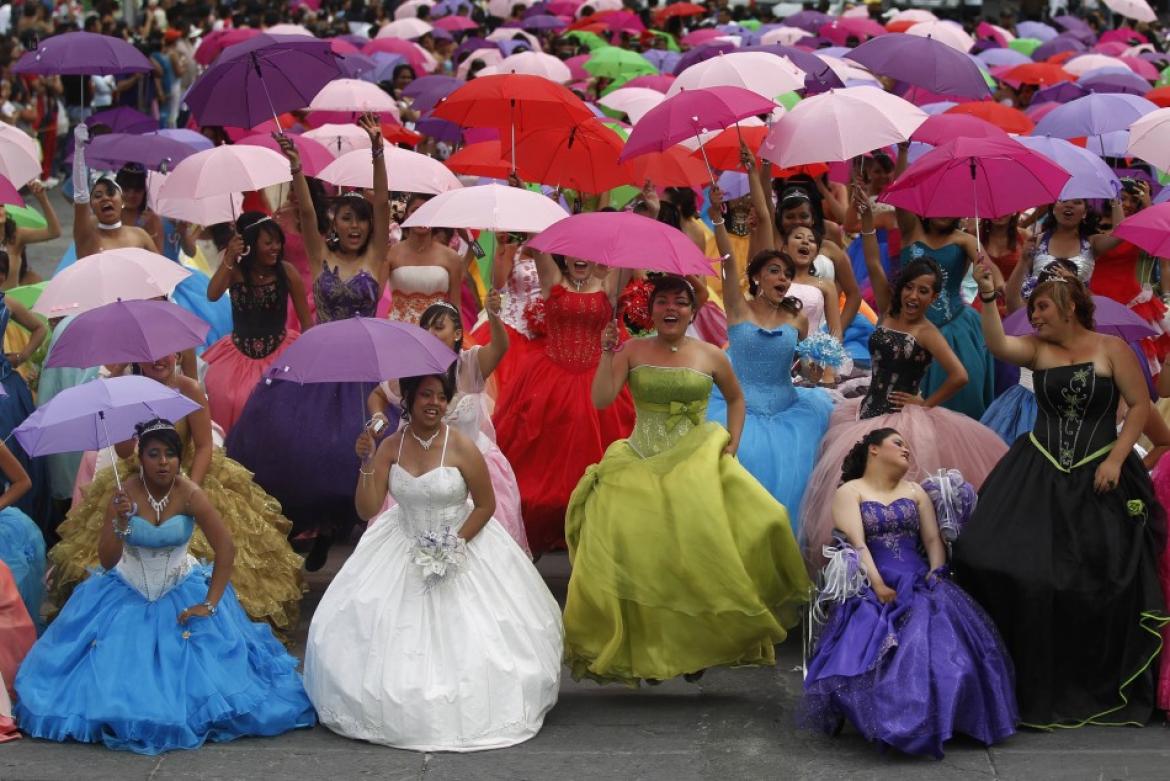Un, dos, tres, un, dos, tres…”
It’s May outside Franklin, the air is sticky-sweet with honeysuckle, and a lilting tune in waltz time floats like a midday breeze down a country road in rural Williamson County. The music gets louder the closer you get to a small house. Although the area seems pretty quiet, the 15 cars parked in awkward angles across the lawn suggest that action must be happening somewhere.
That’s when eight boys walk in perfect order out onto the asphalt driveway. They practice going left. They practice going right. Up and down, up and down, they take each modified, choreographed boxstep as seriously as a marching order. But if this incongruous sight resembles a musical rehearsed in someone’s suburban yard, they are just the chorus. The real stars have just made their entrance — two similar but unique teenage girls.
The Angel twins share traits: dark brown hair, almond eyes, full cheeks. But they see themselves as opposites. Stephanie, the oldest by five minutes, finds herself often on the field playing soccer or volleyball and prefers T-shirts and jeans. Her sister Melanie is “a little more girlier,” Stephanie says. Melanie knows the latest fashion trends and dresses accordingly, is chirpy and has a wide smile, especially when she’s listening to her favorite musicians, Hunter Hayes and Tim McGraw.
But the fraternal twins are about to undergo a common experience that nevertheless has had them frequently at odds. For more than a year, Melanie and Stephanie have been fretting over every tiny detail in one of the biggest celebrations in Mexican culture: the quinceañera that will mark their passage into adulthood.
Quinceañeras, or quinces (pronounced “kin-says”), can be traced back to Aztec rituals in which a young girl was prepared for marriage. Nowadays, a quince could be simply described as a rite of passage where a girl turning 15 is presented to society as a full-fledged member of the community. She will have later curfews. She can date and wear makeup.
Although quinces are a phenomenon across Latin America, the custom is particularly important in Mexican households. Families spend at least a year planning the celebration, which involves —deep breath — photography sessions, catering, limos, cakes, makeup sessions, dress fittings and choreographers for a series of dances performed at the party.
